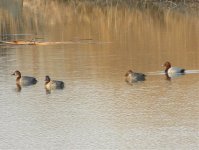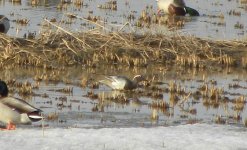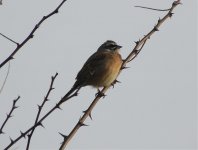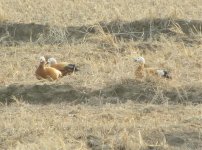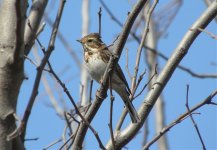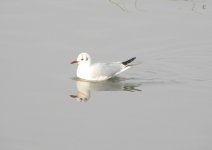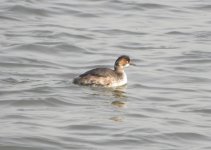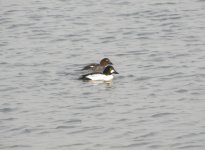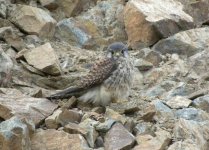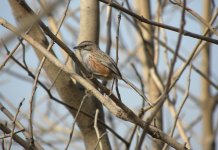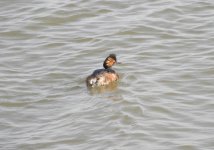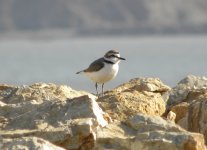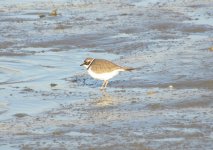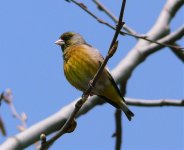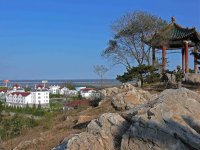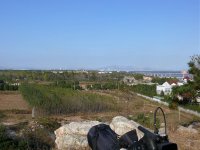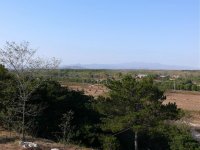I want to start putting my reports online here because I am the only birder in Dalian that I know of and will most likely be leaving in a year and a half. I have many written records from the last 4.5 years but am now realizing that it will be more helpful to future birders in the Dalian area if the information is online. I couldn't have picked a better time with migration just beginning. I will post reports of birds in the area and try to have some photos from the day as well. I will also record anything about the area that I think is related to birds. Again, the main reason for doing this is to leave a record for anyone who wants to know information about this area. The area I live (Jinshitan National Holiday Resort) is an excellent place to watch migration. I am near the end of the Liaodong Penninsula and right on the ocean. So far I have seen over 250 species in Jinshitan alone.
Last Saturday, Bai Qingquan from Dandong came to Dalian with a friend who is studying shorebirds. The main purpose of his trip was to try to relocate the Pallas's Gull found by Brian Jones (from Beijing) in Jinzhou Bay. We did find it and also a Little Gull. There were also Saunder's in breeding plumage. In another smaller bay near Kaifaqu we saw a Glaucous Gull. Ochre-rumped Bunting was another nice addition among the weeds around Jinzhou Bay. Ochre-rumped Bunting are locally common if you know where to look in Jinshitan. 45 species between Jinzhou Bay and Jinshitan that day.
I have put together a small field guide to the Birds of Dalian that includes 183 species. It is also available in Chinese. The book is a picture guide with 3 colour photos of each species. It is a simple introduction to the birds around here to raise awareness. It is amazing how few people know of the birds that pass through here. Hopefully this book will inform a few.
Tom
Last Saturday, Bai Qingquan from Dandong came to Dalian with a friend who is studying shorebirds. The main purpose of his trip was to try to relocate the Pallas's Gull found by Brian Jones (from Beijing) in Jinzhou Bay. We did find it and also a Little Gull. There were also Saunder's in breeding plumage. In another smaller bay near Kaifaqu we saw a Glaucous Gull. Ochre-rumped Bunting was another nice addition among the weeds around Jinzhou Bay. Ochre-rumped Bunting are locally common if you know where to look in Jinshitan. 45 species between Jinzhou Bay and Jinshitan that day.
I have put together a small field guide to the Birds of Dalian that includes 183 species. It is also available in Chinese. The book is a picture guide with 3 colour photos of each species. It is a simple introduction to the birds around here to raise awareness. It is amazing how few people know of the birds that pass through here. Hopefully this book will inform a few.
Tom




